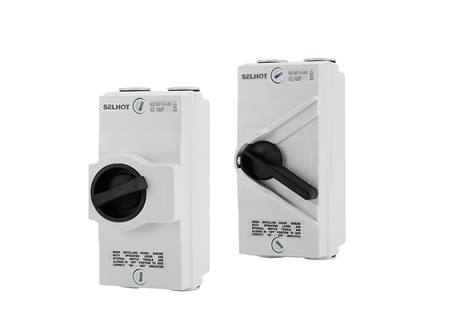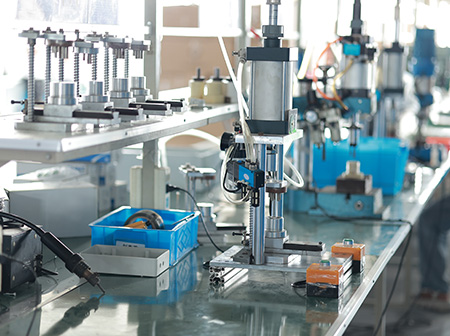Many people use electrical switches daily but often mix up an Isolation Switch with regular switches. Knowing their differences isn't just about electrical knowledge—it's key to safe and proper use in homes, offices, or industrial spaces. This article breaks down their core distinctions simply, so you can tell them apart easily.

The biggest difference lies in why each switch is made.
An Isolation Switch is built to completely cut off power to a specific circuit or device—usually for maintenance, repairs, or emergencies. Its main job is to create a “safe zone" where no electricity flows, protecting people working on the equipment.
Regular switches, by contrast, are designed for everyday control of devices. Think of the switch for your bedroom light or a kitchen appliance: it turns the device on or off but doesn't fully isolate the circuit from the main power supply. Even when off, some residual power might remain in the circuit.
Isolation Switches follow much stricter safety rules.
To ensure full isolation, they need strong insulation (to prevent electric shocks) and often meet high protection standards—like resisting dust, moisture, or accidental contact. This is because they're used in scenarios where human safety during maintenance is critical.
Regular switches only need to meet basic safety requirements for daily use. They focus on convenience over full isolation, so their insulation and protection levels are lower. They're not meant to protect workers during repairs.
You'll find Isolation Switches in places where power needs to be fully shut off.
Common spots include industrial machines, electrical distribution boxes, or large appliances (like HVAC systems) that need regular servicing. They're rarely used in everyday home settings—unless for major electrical systems.
Regular switches are everywhere in daily life: controlling lights, fans, phone chargers, or small appliances. Their job is to make using devices easy, not to support maintenance work.
Isolation Switches often have extra features to prevent mistakes.
Many come with a locking mechanism—once you flip the switch to “off," you can lock it in place. This stops someone from accidentally turning it back on while someone is working on the circuit.
Regular switches are designed for quick, frequent use. They have simple flip or toggle designs with no locking function. You can turn them on or off in a second, which works for daily needs but isn't safe for maintenance.
If you need to work on electrical equipment (like fixing a large machine or an electrical distribution box), you need an Isolation Switch to keep power fully off. For turning on a light or a toaster, a regular switch is all you need. Knowing which to use helps avoid accidents and ensures electrical systems work as they should.
If you're looking for switches that meet strict safety standards for industrial or electrical system use—whether for isolation or daily control—you can explore our product page to find solutions tailored to different safety and functional needs.

